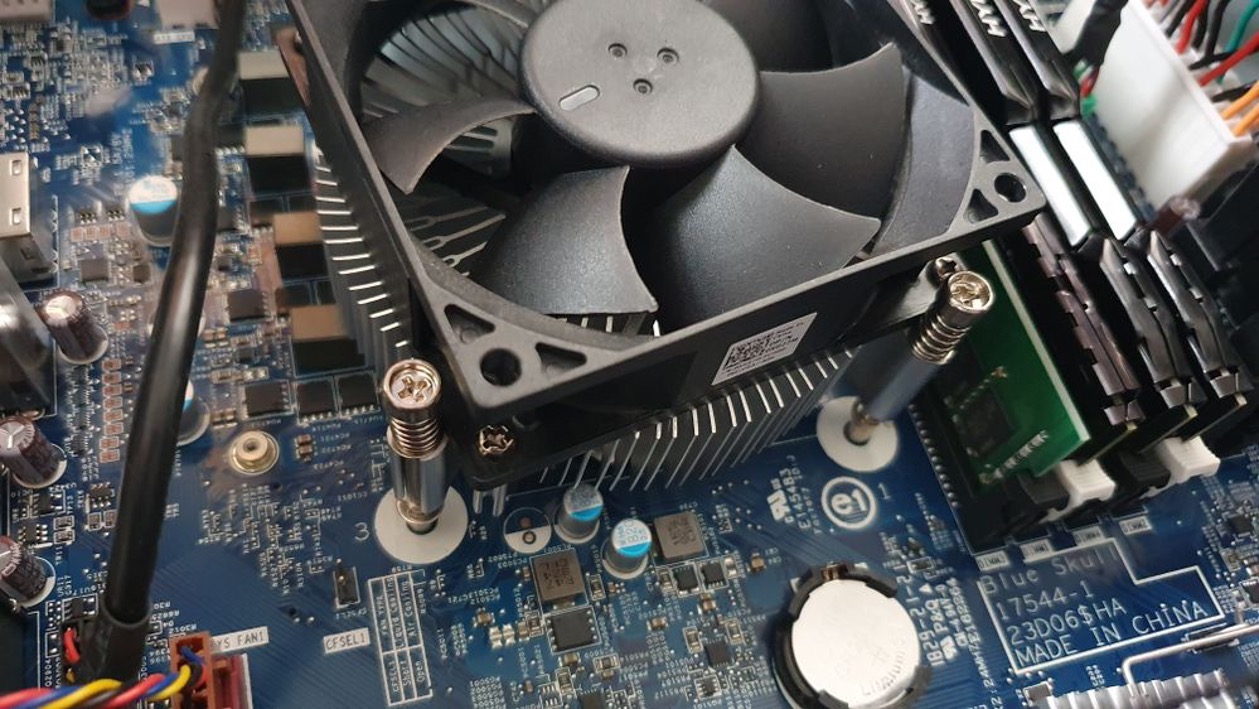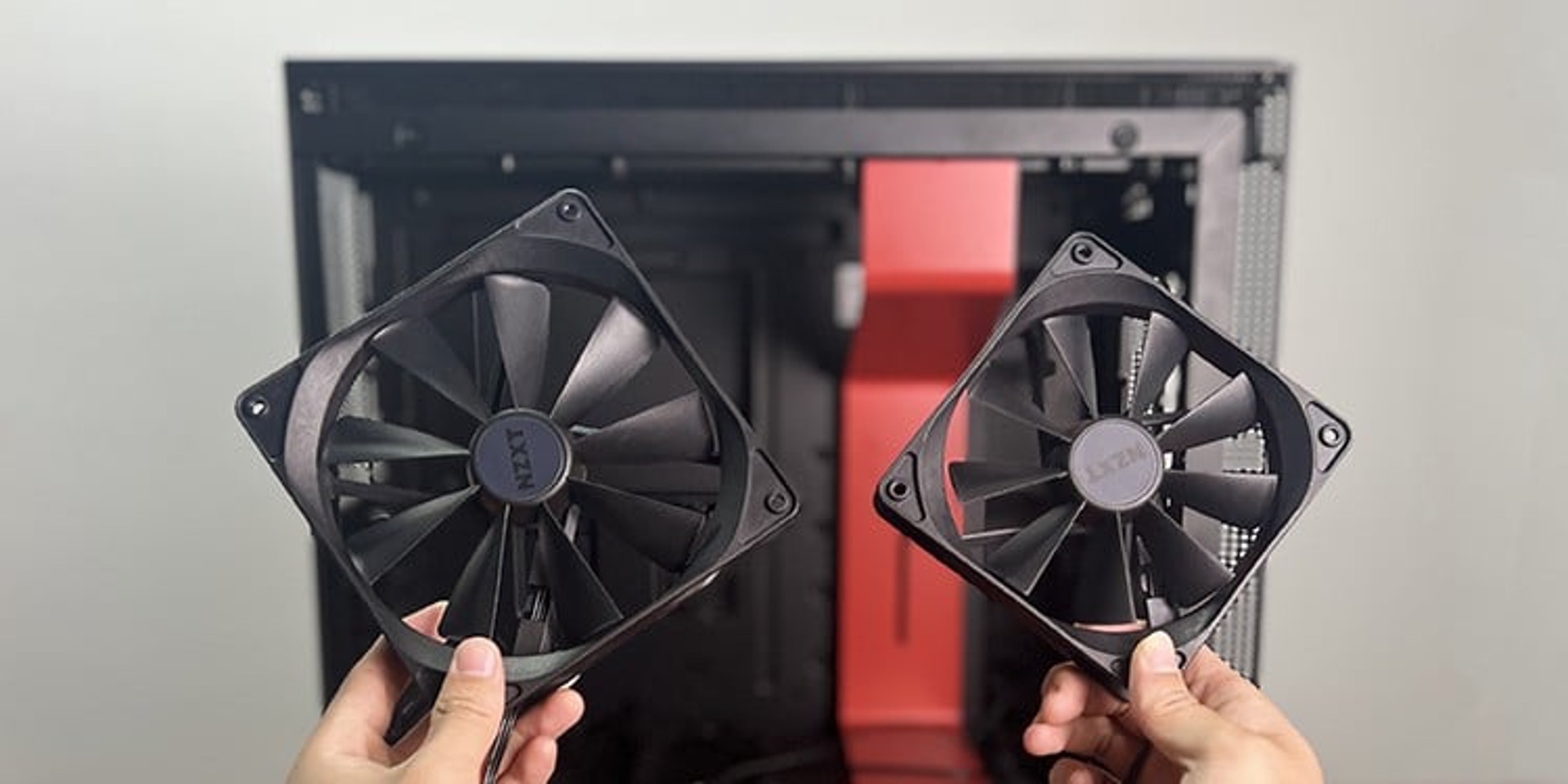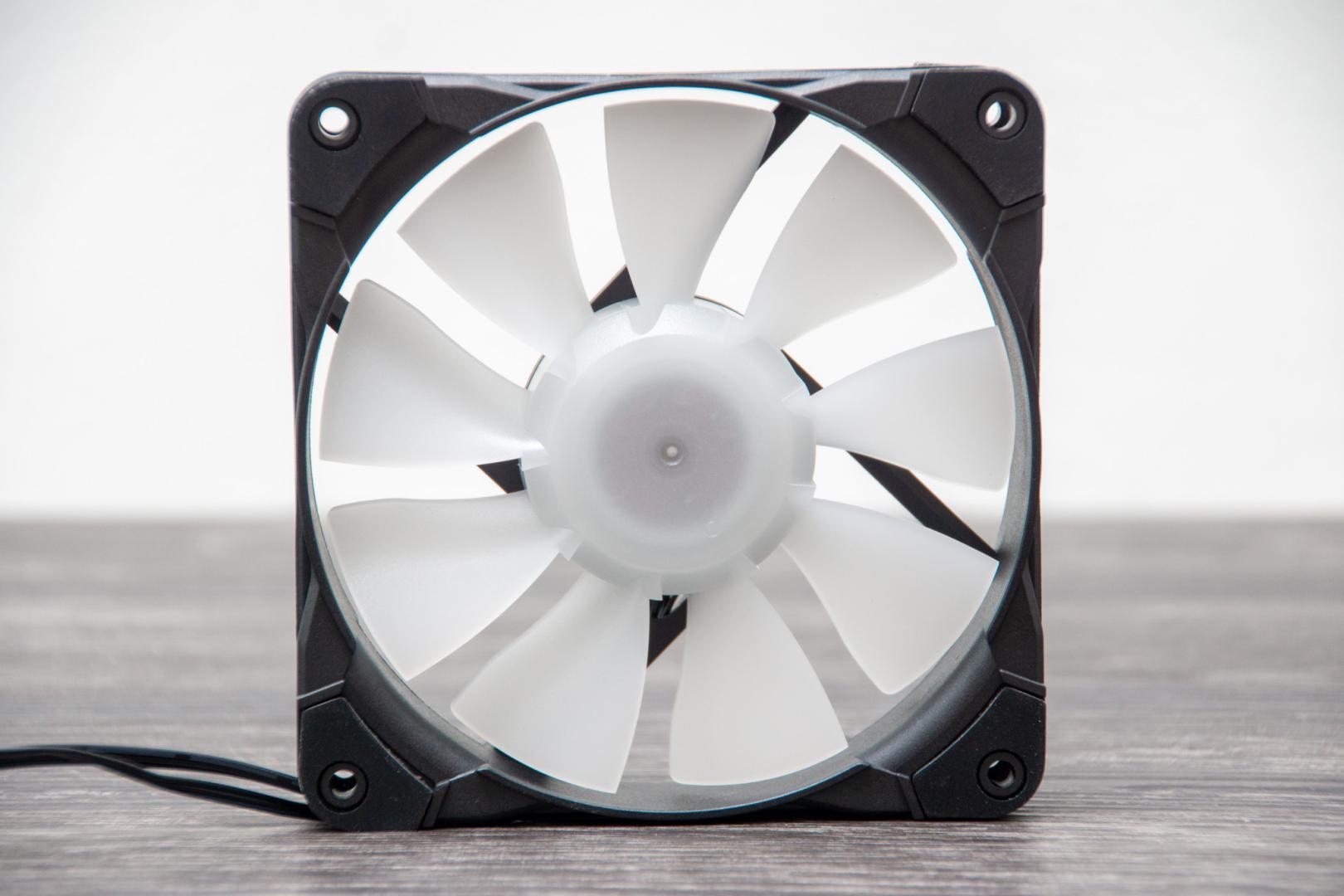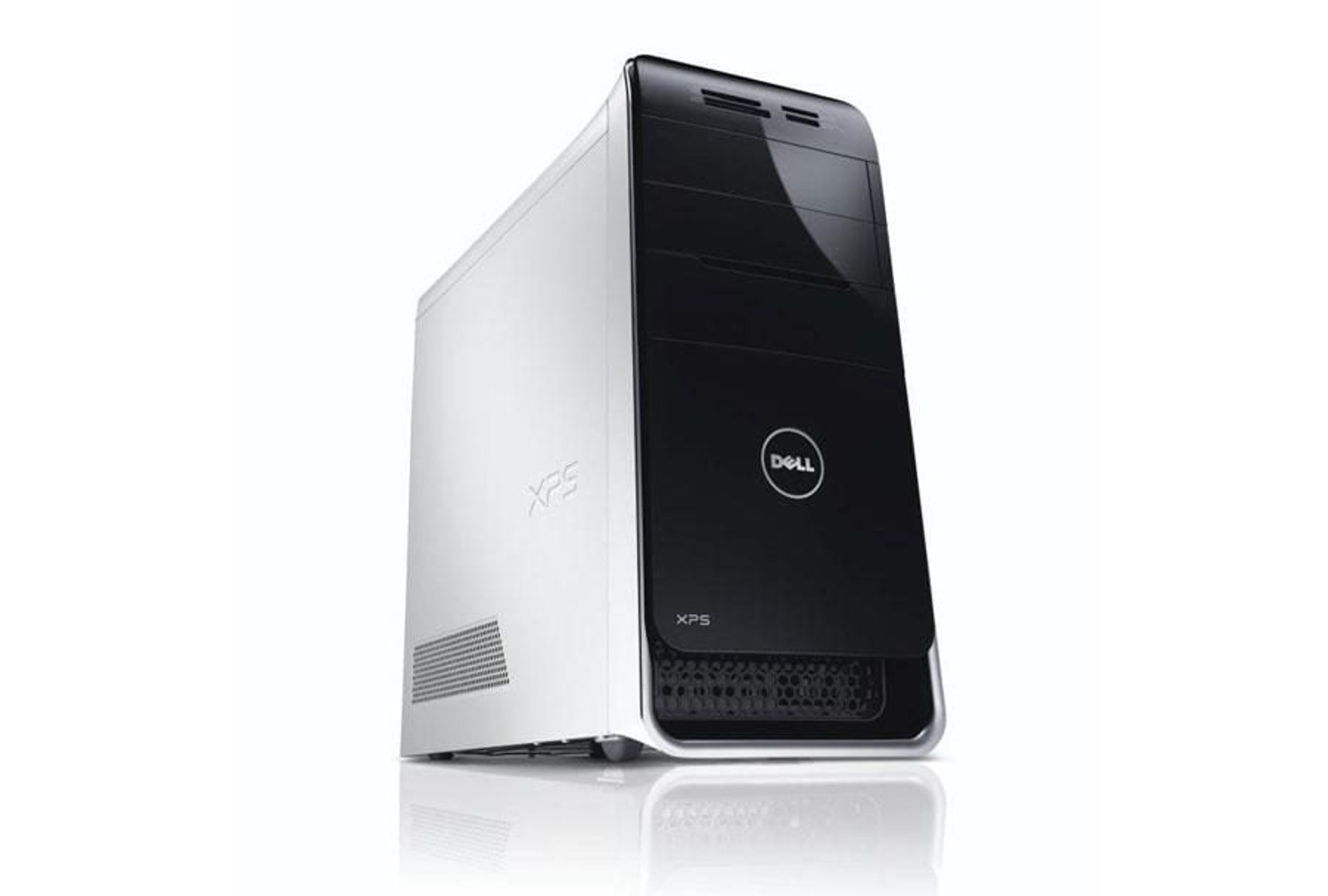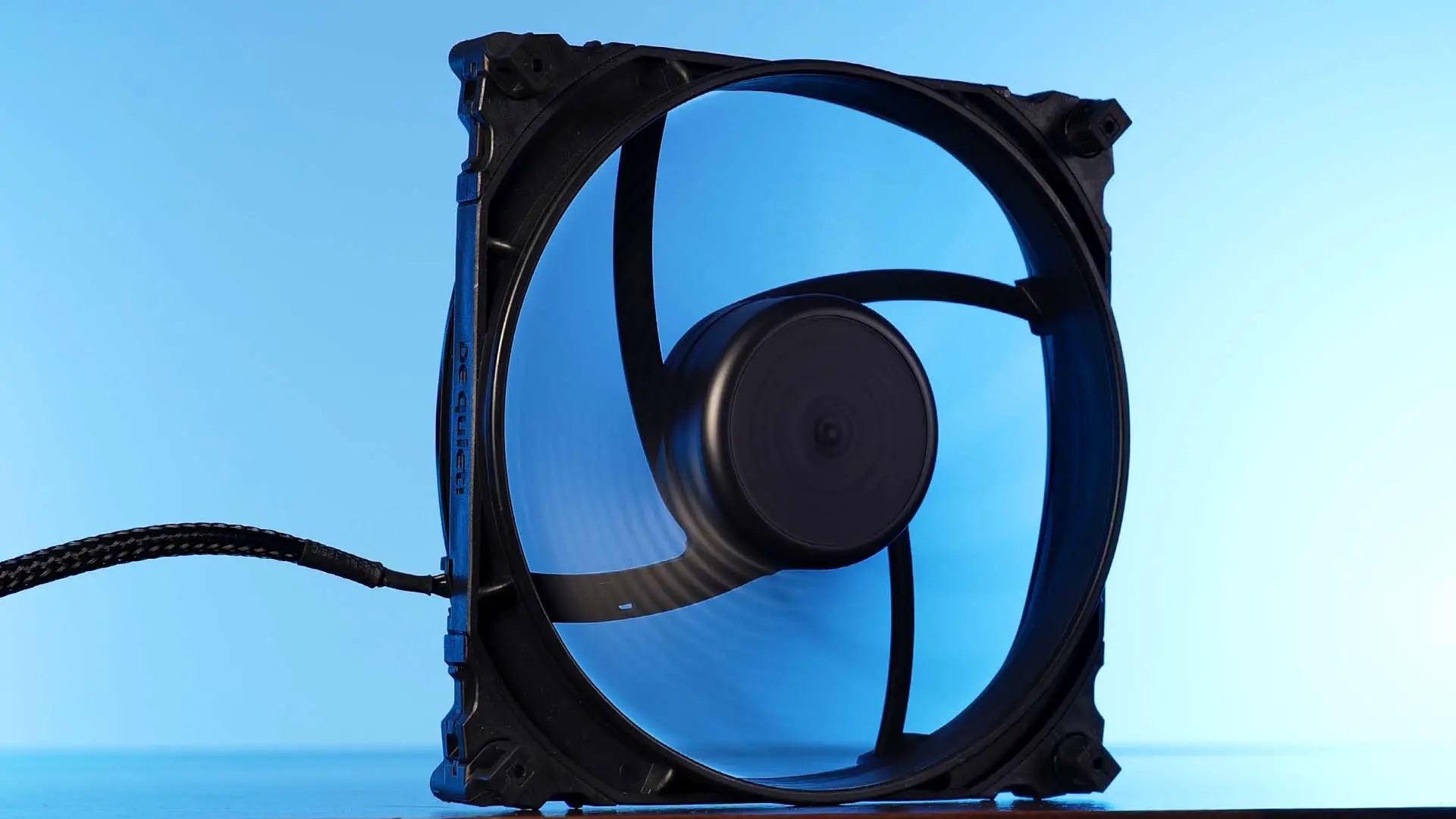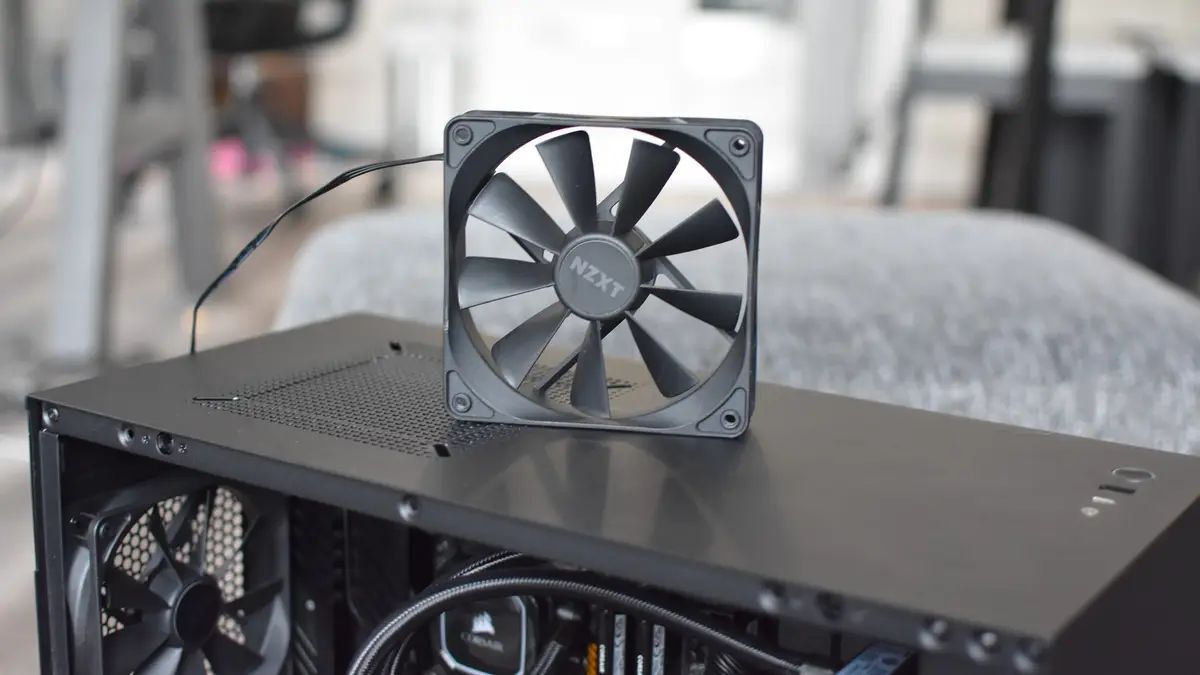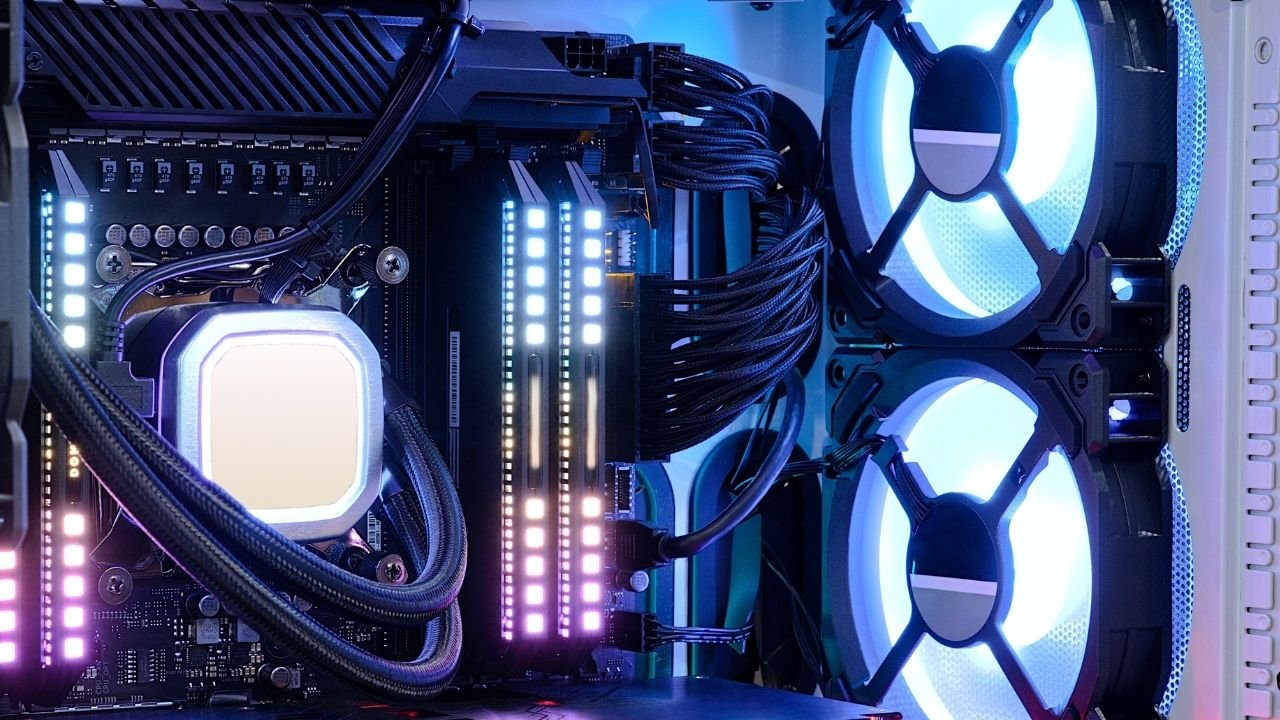Introduction
Welcome to the world of computer hardware, where every component plays a crucial role in ensuring optimal performance. One such component is the case fan, an essential part of any computer system. Case fans are responsible for keeping the internal temperature of the computer at an optimal level by circulating air and dissipating heat. However, not all case fans are created equal, and their sizes can vary significantly.
Understanding case fan sizes is important for several reasons. Choosing the right size fan ensures proper airflow within the computer case, preventing overheating and potential performance issues. By effectively cooling the system, case fans also prolong the lifespan of sensitive components such as the CPU and the graphics card.
In this article, we will explore the significance of case fan sizes, how they are measured, and the standard sizes available. Additionally, we will discuss the mounting options for different case fan sizes and provide some valuable considerations for selecting the right fan size for your computer system.
Whether you are a computer enthusiast looking to build a custom rig or a casual user seeking to upgrade your existing system, understanding case fan sizes is essential for maintaining a reliable and efficient computer.
Why is case fan size important?
Case fan size is a crucial consideration when it comes to ensuring proper cooling and airflow within a computer system. The size of a case fan directly affects its ability to move air, which in turn impacts the overall cooling performance of the computer. Let’s delve into the importance of case fan size in more detail:
1. Temperature regulation: One of the primary functions of case fans is to regulate the temperature within the computer case. Adequate airflow is crucial for dissipating heat generated by the CPU, graphics card, and other internal components. If the case fan is too small or inefficient for the system’s cooling needs, it can result in higher temperatures, leading to reduced performance and potential hardware damage.
2. System stability: Overheating can cause system instability and even unexpected shutdowns. By properly sizing and placing case fans, you can maintain the optimal operating temperature for the components, ensuring that they perform consistently and reliably. This is particularly important for systems that are used for resource-intensive tasks such as gaming, video editing, or 3D rendering.
3. Dust accumulation: Case fans also play a vital role in preventing dust buildup inside the computer case. Dust can obstruct airflow and increase temperatures over time. Larger case fans with higher airflow can help mitigate dust accumulation by constantly circulating air, reducing the chances of dust settling on internal components and clogging air filters.
4. Noise reduction: Another benefit of proper case fan sizing is noise reduction. Larger fans can move the same amount of air with lower RPMs compared to smaller fans, resulting in quieter operation. Additionally, larger fans tend to generate less turbulence and noise due to their larger blade surface area.
By understanding the importance of case fan size, you can make informed decisions when selecting fans for your computer system. The right-sized case fans will contribute to a cooler, more stable, and quieter system, ensuring the longevity and optimal performance of your hardware.
The importance of airflow in a computer case
Proper airflow within a computer case is a critical aspect of maintaining the overall health and performance of the system. The circulation of air helps dissipate heat generated by the internal components and prevents hot spots from forming. Let’s explore the importance of airflow in more detail:
1. Temperature regulation: Adequate airflow is essential for keeping the temperature of the internal components at optimal levels. Circulating cool air and expelling hot air effectively reduces the risk of overheating. This is especially crucial for high-performance systems that generate a significant amount of heat, such as gaming rigs or workstations.
2. Component longevity: Excessive heat can degrade the lifespan of computer components. By ensuring proper airflow, you can prolong the lifespan of crucial components such as the CPU, GPU, and motherboard. Cooler temperatures reduce the stress on these components, preventing premature failure and improving their overall durability.
3. Performance optimization: Overheating can lead to thermal throttling, which automatically reduces the performance of your hardware to prevent damage. Insufficient airflow can cause components to reach their thermal limits quickly, resulting in reduced performance during resource-intensive tasks. Proper airflow helps maintain more stable temperatures, allowing your system to perform at its best for longer durations without encountering thermal constraints.
4. Dust management: Airflow also aids in managing dust within the computer case. Dust can accumulate on the surfaces of components, obstruct airflow, and increase temperatures. However, with a well-designed airflow system that includes dust filters and proper fan placement, you can minimize dust buildup and keep your components cleaner. This not only helps with temperature regulation but also reduces the frequency of required cleaning and maintenance.
5. Noise reduction: Efficient airflow can contribute to a quieter system. By optimizing the cooling system, you can achieve better heat dissipation and lower fan speeds, resulting in reduced noise levels. Improved airflow reduces turbulence and allows fans to operate at lower RPMs while maintaining optimal temperatures, leading to a more pleasant computing experience.
Understanding the importance of airflow in a computer case is crucial for ensuring optimal system performance, preventing overheating, prolonging component lifespan, and minimizing noise levels. By implementing proper cooling solutions, including the right-sized case fans, strategically placed vents, and adequate cable management, you can create an efficient and well-cooled system that operates at its best for both short bursts of activity and extended periods of heavy use.
The different sizes of case fans
Case fans come in various sizes, each designed to fit specific mounting locations within a computer case. The size of a fan is typically measured in millimeters and refers to the dimensions of the fan’s frame. Let’s explore some of the most common sizes of case fans:
1. 120mm: The 120mm case fan is one of the most popular sizes available. It strikes a balance between airflow, noise level, and compatibility with most PC cases. 120mm fans are commonly used for exhaust or intake purposes and are available in a wide range of options, including standard fans and high-performance variants.
2. 140mm: The 140mm case fan is slightly larger than the 120mm fan and offers enhanced airflow capabilities. With their larger size, 140mm fans can move more air while operating at lower RPMs, resulting in quieter operation. These fans are ideal for users looking for improved cooling performance with reduced noise levels.
3. 80mm: The 80mm case fan is generally used in smaller form factor cases or in specific locations where space is limited. While they may not provide the same amount of airflow as larger fans, they are commonly used to cool specific components such as hard drives or chipset heatsinks. 80mm fans are known for their higher RPMs, which can make them slightly noisier than larger fans.
4. 200mm: The 200mm case fan is a large fan option that provides excellent airflow with minimal noise. Due to their size, 200mm fans are primarily used as intake or exhaust fans in full-tower cases. These fans can move a substantial amount of air, making them ideal for systems with high heat output or for users who prefer a quieter computing experience.
5. Other sizes: In addition to the standard sizes mentioned above, there are other less common fan sizes, such as 60mm, 92mm, and 140mm Slim fans. These sizes are typically used in specialized cases or for specific cooling requirements.
When considering the size of a case fan, it is important to ensure compatibility with your computer case. Most cases will specify the sizes and mounting options available. It is also essential to consider factors such as airflow requirements, noise levels, and overall cooling objectives when selecting the appropriate fan size for your system.
How are case fan sizes measured?
Case fan sizes are typically measured in millimeters (mm) and refer to the dimensions of the fan’s frame. The measurement accounts for the distance between opposite corners of the fan. Let’s delve into the details of how case fan sizes are determined:
1. Frame size: The primary measurement used to determine the size of a case fan is the frame size. This measurement refers to the dimensions of the fan’s outer frame, including both width and height. For example, a 120mm fan has a frame that measures 120mm x 120mm. The frame size determines the physical space required for the fan, making it crucial to consider compatibility with the computer case.
2. Mounting hole placement: Case fans have mounting holes on the corners of the fan’s frame, which are used to secure the fan to the case or a cooling radiator. These mounting holes are positioned at standardized distances from the fan’s center. The hole spacing is designed to fit specific mounting locations within the computer case, ensuring proper alignment and secure installation.
3. Blade size: While the mm measurement primarily refers to the frame size, it indirectly reflects the blade size of the fan. Larger frame sizes typically accommodate larger blades, allowing for improved airflow with each rotation. However, it’s important to note that the blade size itself is not typically included in the fan size measurement.
When selecting a case fan, it is crucial to consider both the frame size and compatibility with the mounting locations within your computer case. Most cases come with standardized mounting options for specific fan sizes, such as 120mm or 140mm. Additionally, it is important to consider the overall airflow requirements and cooling objectives of your system to ensure optimal performance.
The standard sizes of case fans
Case fans are available in various standard sizes to accommodate different computer cases and cooling requirements. Understanding these standard sizes is crucial when selecting the right case fan for your system. Let’s explore some of the most common standard sizes of case fans:
1. 80mm: The 80mm case fan is a compact size commonly used in smaller form factor cases or locations where space is limited. These fans are popular for cooling specific components such as hard drives or chipset heatsinks. While they may not provide as much airflow as larger fans, 80mm fans are known for their higher RPMs, which allows for more efficient cooling in limited spaces.
2. 92mm: The 92mm case fan is slightly larger than the 80mm fan and offers improved cooling performance due to its larger blades and increased airflow. These fans are often used in mid-sized computer cases and can effectively cool components such as CPUs and GPUs.
3. 120mm: The 120mm case fan is one of the most common sizes available and is well-suited for most PC cases. These fans strike a balance between airflow, noise levels, and compatibility. 120mm fans are used for both intake and exhaust purposes, providing efficient cooling for various components, including CPUs, GPUs, and system memory.
4. 140mm: The 140mm case fan is larger than the 120mm fan and offers enhanced airflow capabilities. Due to their larger size, 140mm fans can move more air while operating at lower RPMs, resulting in quieter operation. These fans are commonly used to improve cooling performance and reduce noise levels in mid to full-sized computer cases.
5. 200mm: The 200mm case fan is a larger fan option that offers high airflow and excellent cooling performance. These fans are typically used as intake or exhaust fans in full-tower cases or specialized cooling setups. The larger size of 200mm fans allows them to move a substantial amount of air, making them ideal for systems with high heat output or for users who prioritize a quieter computing experience.
While these sizes represent the most common standard options, it’s worth noting that there are other less common sizes available in the market, such as 60mm, 140mm Slim fans, and specialized sizes used in specific cases or cooling configurations.
When selecting a case fan, it’s important to consider the compatibility of the assigned fan mountings within your computer case and the overall cooling requirements of your system. Choosing the right case fan size ensures efficient airflow, optimal cooling performance, and a quieter computing experience.
Mounting options for different case fan sizes
Mounting options for case fans vary depending on the size and design of the fan, as well as the specific computer case being used. Different case fan sizes require specific fan mountings to ensure secure installation and efficient airflow. Let’s explore the mounting options for different case fan sizes:
1. 80mm and 92mm: Smaller case fans, such as 80mm and 92mm, typically have mounting holes that align with specific fan brackets or designated locations in the computer case. These fans are often secured using screws inserted through the mounting holes and into the corresponding holes or brackets within the case.
2. 120mm and 140mm: Larger case fans, such as 120mm and 140mm, generally use similar mounting methods. Most computer cases have mounting points designed specifically for these sizes. Fans of these sizes often feature a set of mounting holes on the corners of the fan’s frame, which align with matching holes or brackets pre-installed in the case. These fans are secured using screws inserted through the mounting holes and into the corresponding holes or brackets within the case.
3. 200mm and above: Larger case fans, including 200mm and above, typically have fewer standardized mounting options due to their larger size and lower demand. Full-tower cases or cases specifically designed for larger fans often include pre-installed brackets or slots for these sizes. These fans may require more complex mounting mechanisms such as clips, snap-in brackets, or specialized mounting hardware provided by the case manufacturer.
It’s important to note that the availability of mounting options may also depend on the specific model and brand of the computer case. Some cases may offer additional flexibility, allowing fans to be mounted in multiple orientations or locations.
When installing case fans, it’s important to ensure proper alignment and a secure fit. Improperly mounted fans can result in noise, vibrations, and reduced cooling performance. It’s recommended to refer to the user manual or documentation provided with both the case and the case fans for specific instructions on the mounting process.
Overall, understanding the mounting options for different case fan sizes is crucial for selecting compatible fans and ensuring efficient airflow within your computer case. Properly mounted case fans contribute to optimal cooling performance and the longevity of your system components.
Considerations when choosing a case fan size
Choosing the right case fan size is essential for maintaining proper cooling and airflow within your computer system. Several key considerations should be taken into account when selecting the appropriate fan size. Let’s explore these considerations:
1. Compatibility: The first consideration when choosing a case fan size is compatibility with your computer case. Most cases have specific fan mountings designed for certain sizes, such as 120mm or 140mm. Ensure that the case fan you select matches the available mountings in your case to ensure a secure and proper fit.
2. Cooling requirements: Assessing the cooling requirements of your system is crucial. Consider the components that require active cooling, such as the CPU, GPU, and motherboard. Power-hungry components or high-performance systems may require larger fans or multiple fans to ensure efficient cooling. Analyze the heat output of your components and choose a fan size that can handle the thermal demands.
3. Airflow and noise: Evaluate the airflow and noise requirements for your system. Larger fans are generally more efficient in moving air at lower RPMs, resulting in quieter operation. However, higher RPM fans may be required for more compact cases or specific cooling needs. Strike a balance between airflow and noise according to your preferences.
4. Available space: Consider the physical dimensions of your computer case and the available space for case fans. Smaller cases may have limited space for larger fans, necessitating the use of smaller-sized fans. Additionally, consider other components inside the case, such as radiators, hard drives, and cables, as they may impact the available space for fans.
5. Budget: Take into account your budget when choosing case fans. Larger fans, high-performance variants, or specialized designs may come at a higher cost. Determine your budget and prioritize the features and performance that are most important for your specific needs.
6. Aesthetics: Although not directly related to performance, aesthetics may be important to some users. Consider the appearance and design of the case fan, such as LED lighting options or color schemes, if it complements your overall system aesthetics.
By considering these factors, you can choose the appropriate case fan size that meets your cooling needs, fits your system, and aligns with your budgetary constraints. Properly sized case fans contribute to efficient cooling, improved system stability, and enhanced longevity for your valuable components.
Conclusion
Choosing the right case fan size is crucial for maintaining optimal cooling and airflow within your computer system. Understanding the importance of case fan sizes, the measurements, and the standard options available allows you to make informed decisions when selecting fans for your system.
Case fan sizes directly impact temperature regulation, system stability, dust accumulation, and noise levels. By selecting the appropriate fan size, you can ensure that your components operate at safe temperatures, prolong their lifespan, reduce the risk of overheating, and keep your system running smoothly.
Considerations such as compatibility, cooling requirements, airflow and noise, available space, budget, and aesthetics help guide your decision when choosing a case fan size. Being mindful of these factors ensures that you select the right fan size that aligns with your specific needs and maximizes the performance of your system.
Remember to consult the user manual or documentation provided with both your computer case and case fans for precise installation and mounting instructions. Properly mounted case fans guarantee efficient airflow and optimal cooling performance, contributing to a stable and reliable computer system.
Whether you are a computer enthusiast building a customized rig or a casual user upgrading your existing system, understanding case fan sizes empowers you to create a well-cooled and efficient setup. With the right-sized case fans, you can effectively manage temperatures, maintain performance, and protect your valuable components for years to come.









